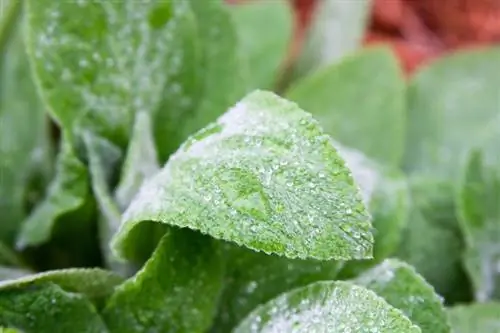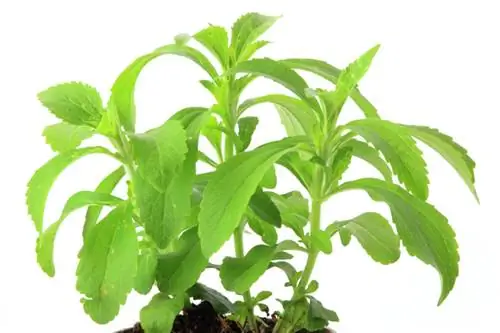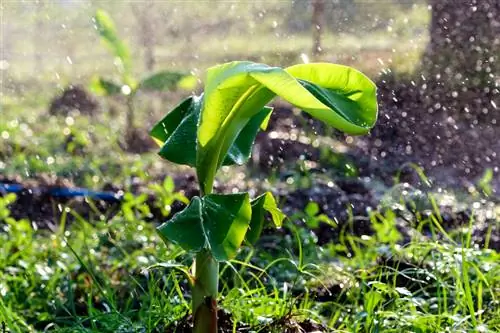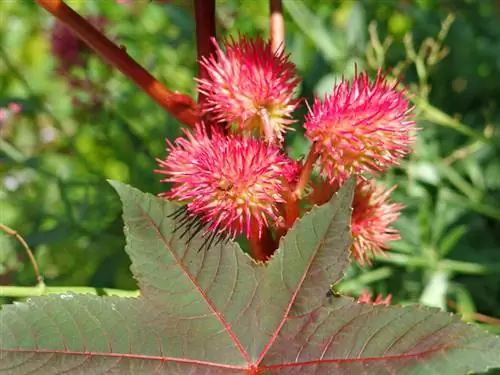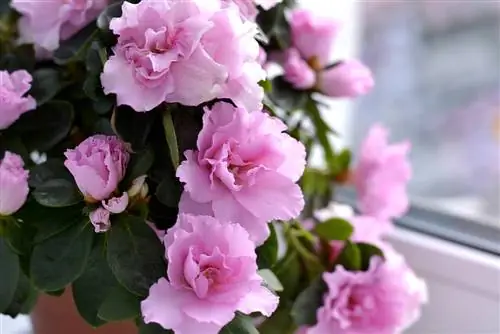- Author admin [email protected].
- Public 2023-12-16 16:46.
- Last modified 2025-01-23 11:20.
The Wollziest (Stachys byzantina) is also popularly known as the hare's ear or donkey's ear, and in England and the USA as Lamb's Ear, due to the shape and texture of the leaves. The plant, originally native to poor soils in Turkey and Iran, is relatively easy to cultivate in the garden.
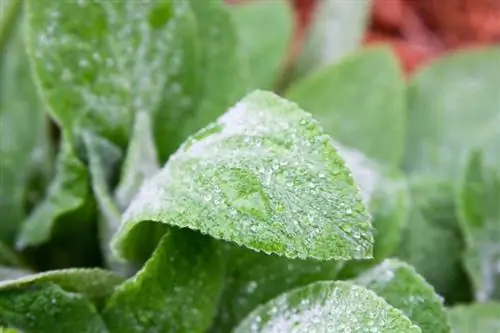
How do you care for the Wollziest in the garden?
The Wollziest (Stachys byzantina) requires little care: it thrives on poor soil and little water and is hardy. Spring pruning or pruning after flowering is suitable for cutting. Fertilization is not necessary and pests and diseases are rare.
How much water does the Wollziest need?
The factor that gives it its name is the soft, fine hair on the leaves and flower stalks, which protects the plant from drying out too much, even in full sun. That's why the Wollziest is well suited for covering dry slope gardens. It almost never needs to be watered; a little water can only be given during growth phases in extremely dry conditions. Only when propagating by sowing should you be careful not to let the seeds dry out too much during the germination phase.
When can the Wollziest be transplanted in a way that is as compatible as possible?
In general, transplanting Wollziest is possible in spring and autumn. Since the Wollziest is particularly fast-growing in spring, transplanting before new growth in spring produces the best results.
When and how is the Wollziest cut?
The Wollziest can be cut for various reasons:
- to remove the inflorescences that are unwanted by some gardeners
- to prevent further self-seeding in the garden
- to achieve a compact growth habit
- as a nourishing spring cut to remove wilted and weak parts of the plant
Which diseases and pests threaten the he alth of the Wollziest?
The Wollziest is generally rather insensitive to pests and diseases. Since the leaves, which are moderately non-toxic, are often eaten by hares, rabbits and other rodents, pets roaming freely in the garden can cause damage to the plants. Specimens that grow poorly or are affected by rot are usually either in a location that is not sunny enough or is waterlogged, or have to contend with periods of rainy weather.
Should the Wollziest be fertilized in the garden?
Fertilization is not necessary for Wollziest, it thrives particularly well on poor soils. However, heavy and clayey soils should be loosened up before planting and made more permeable with a little sand or gravel.
How does the Wollziest overwinter?
The Wollziest is extremely hardy and can easily overwinter in a pot on the terrace or in the garden bed. You don't need a cover or other winter protection with the Wollziest.
Tip
If you advance the pruning a little after flowering and cut off the flower stalks in all their glory, you will receive attractive material for making dry bouquets and autumn arrangements after drying.

